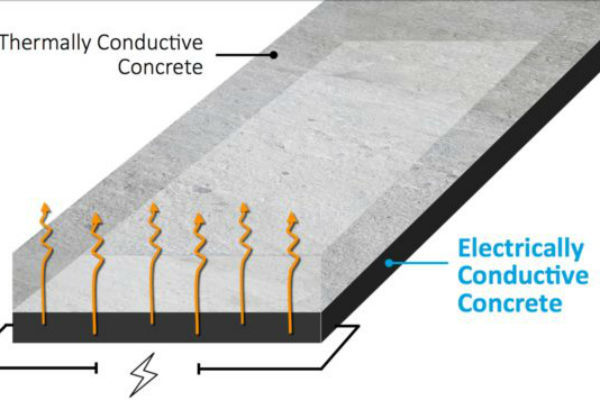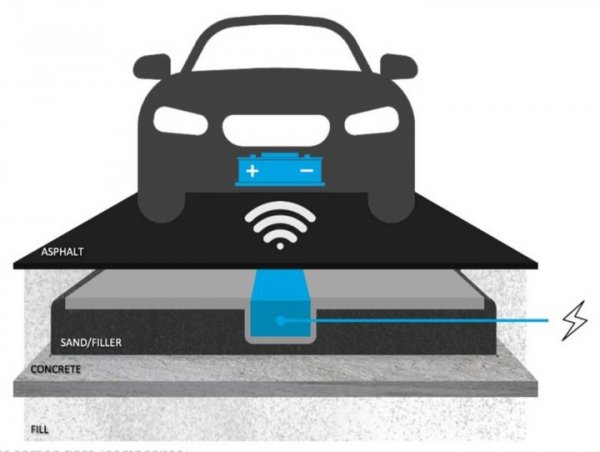Australia's research and development of conductive concrete is initially successful, and it is expected to be used for electric vehicle road charging
In order to meet different load-bearing requirements and fire and waterproof functions, concrete manufacturers will add various materials and use different processes. Recently, Australian miner Talga has used graphene to give concrete new functions and successfully developed highly conductive concrete, which is expected to achieve the future of electric vehicles. Charging dreams while driving.

As an emerging mining company in Australia, Talga develops graphite and produces high-quality graphene in Sweden. Recently, the company has cooperated with the British Research and Development (R & D) laboratory to add graphene to the concrete and produce a highly conductive cement with a volume resistivity of 0.05ohm-cm. The test of the University of Exeter in the United Kingdom also pointed out that graphene concrete The strength is 146% higher than that of ordinary concrete. The use of this technology can also further reduce the amount of cement used. It is estimated that each ton can reduce 446 kg of carbon dioxide emissions.
Mark Thompson, general manager of Talga, said that graphene functions like a heating element of an induction cooker, which can be used in concrete to enhance electrical conductivity. Although graphene has a low loading, its conductivity is very high, which can pave the way for the commercialization and sustainable development of conductive concrete.
Talga pointed out that due to the low maintenance cost and long life, the technology can be used as an indoor floor to achieve heating effect, directly replacing the current vertical hot water system. Moreover, the function of graphene cement is not only for heating, but also for antistatic or electromagnetic wave shielding. It can be used in military heavy areas or provide lightning protection effects for bridges, fans and other equipment. It can also be used in daily road melting snow. This eliminates the need to use salt and deicing chemicals to melt snow. These methods may cause road corrosion or pollute groundwater, and save money on chemicals.
Conductive cement can also be said to be the key technology for electric vehicles to achieve the dream of charging while running. In the future, it can also be used for electric vehicle charging or wireless charging. Talga said that in the future, the potential of conductive concrete on the road charging will be studied to let the driver ignore Heating, sensing and conductive concrete charging can be used during driving or parking.

Graphene has a complicated process and high cost. It usually needs to separate graphite layers to obtain single-layer graphene. However, graphene has a high return on investment and is also widely used, except for information, energy, aerospace, transportation, medical, etc. The industry is also an alternative anode material for lithium-ion batteries. Talga previously pointed out that the company's graphene has a high degree of matching with the market lithium-ion batteries. After combining the two, the charge and discharge power and energy are both increased by 20%, and the initial efficiency reaches 94%. .
The company said that approximately $ 450 billion is invested in the concrete market each year, and the market has almost 5 billion tons of cement per year. Talga believes that the conductive concrete market is huge.
At present, there are many manufacturers of conductive concrete. The University of Nebraska-Lincoln (UNL) has also developed conductive concrete. The concrete is combined with steel shavings and carbon particles. Will get an electric shock. The technology also uses magnetite instead of general lime and sand to isolate electromagnetic waves and radio frequencies of mobile phones.
Optical Lens ,Spherical Lens,Double Concave Lens,Types Of Optical Lenses
Ningbo Beilun Kalinu Optoelectronic Technology Co.,Ltd , https://www.nbyxmicroscope.com
